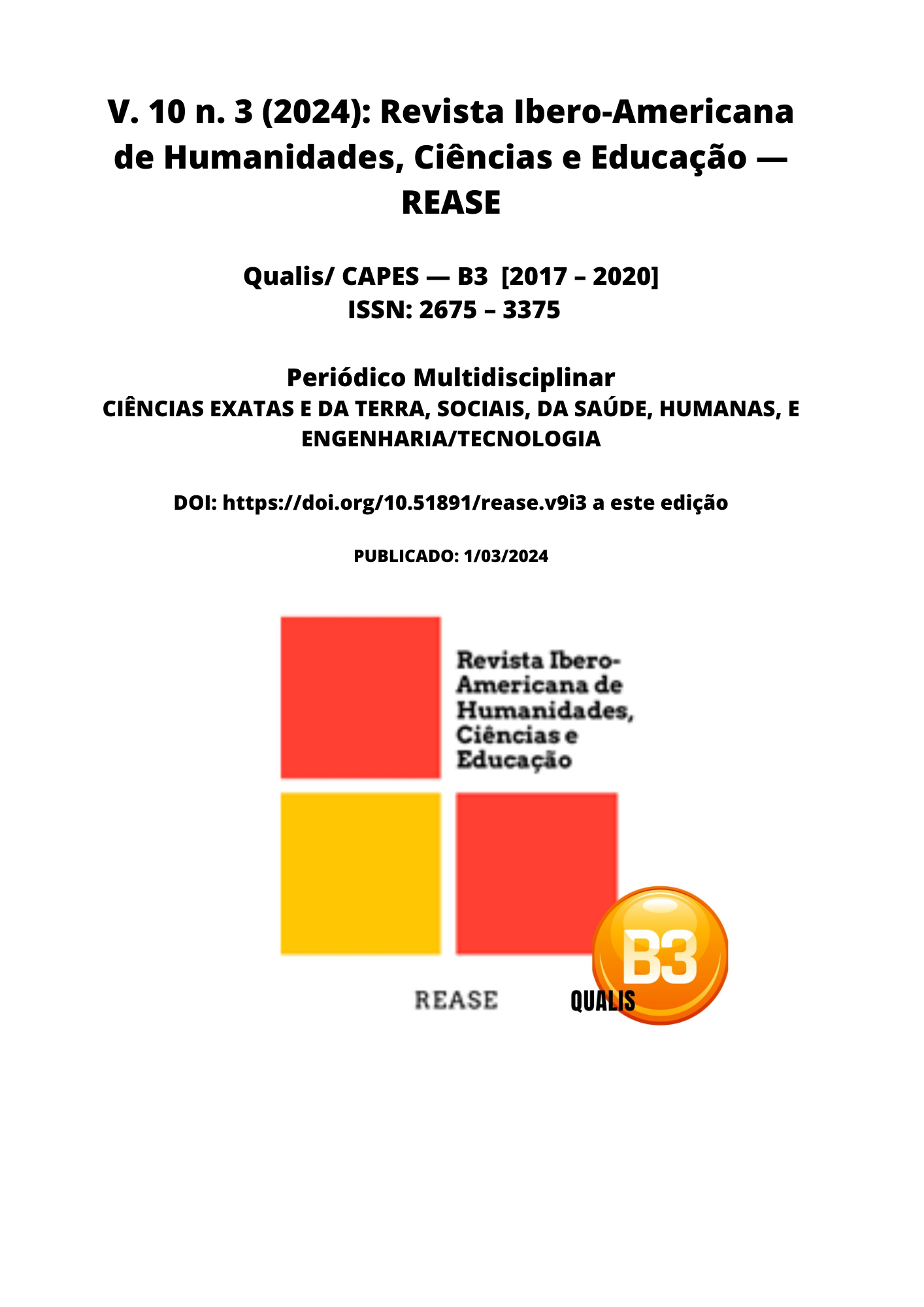THE OFFICER IN THE COURT OF JUSTICE OF PERNAMBUCO: FUNCTIONAL DELIMITATIONS IN THE DIGITAL ERA AND ITS PERFORMANCE IN THE CONCILIATION OF THE PARTIES
DOI:
https://doi.org/10.51891/rease.v10i3.13347Keywords:
Assignments. Due diligence. Efficiency.Abstract
The role of the bailiff in executing warrants is of paramount importance in the virtual era. Its ability to adapt to technological advances translates into better judicial provision. The use of conciliation can significantly contribute to conflict resolution. In this sense, there are bills aiming to expand these functions, in addition to access to databases, in order to make executive acts more effective. Normative Instruction No. 09/2020, of the TJPE, specifies compliance with judicial acts to adapt to available digital media and the prevention of COVID-19. This regulation was improved by Joint Normative Instruction No. 04/2023, which contemplates the sustainable development of judicial acts by the respective judicial assistants complying with warrants.
Downloads
Downloads
Published
How to Cite
Issue
Section
Categories
License
Atribuição CC BY

